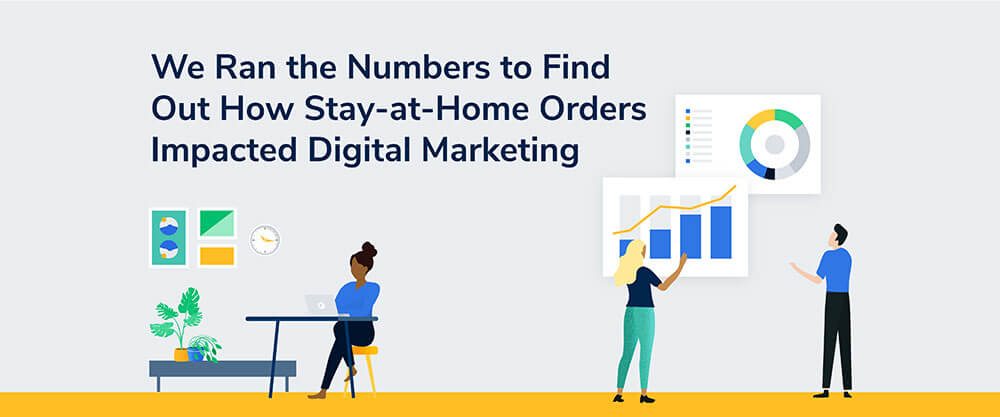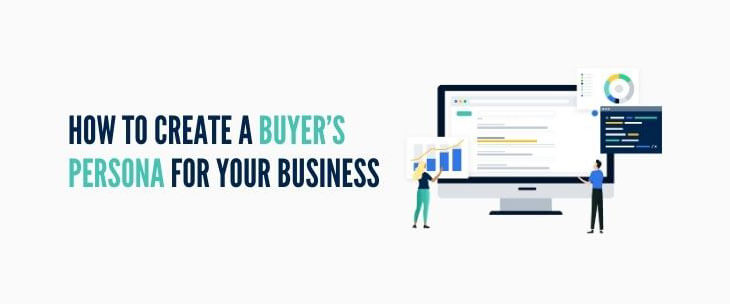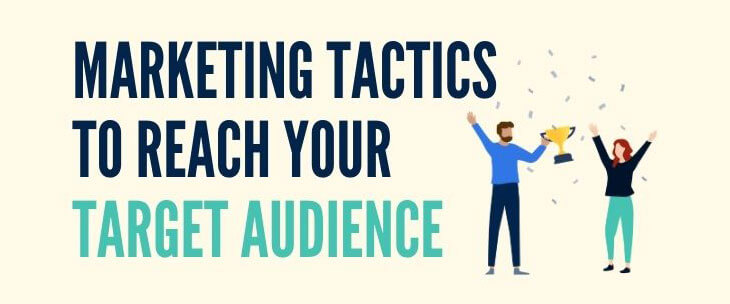The COVID-19 pandemic was a crisis few people saw coming. What began as a distant concern soon arrived at our doorsteps and immediately interrupted normal life. Since the first stay-at-home orders started in mid-March, the United States has endured widespread business closures, mass layoffs, and unprecedented uncertainty in consumer markets. Some months later, certain regions of the country have returned to something resembling normal, while others struggle against persistent viral outbreaks.
This disruption has injected a new degree of volatility into the digital marketing landscape. We’ve examined our 2020 client data to learn from the first six months of the year and uncover what it can tell us as we head towards the all-important holiday shopping season.
January to March 2020: The Calm Before the Storm
By all accounts, the first quarter of 2020 was pretty standard. Logical Position clients saw impressions, clicks, and spending numbers increasing year-over-year as they have every year since at least 2012.
- Conversions increased 6% year-over-year in Q1.
- Impression volume grew by 32% nationwide during the same period.
However, even before the COVID-19 stay-at-home orders swept the country, there were early indications of change. We began seeing cost-per-click (CPC) rates fall, while clicks increased, which is the opposite of what we’d typically expect. This trend would accelerate as the pandemic intensified.
April and May 2020: COVID-19 Changes Everything
As concern grew, governments around the country began issuing stay-at-home orders that severely restricted in-person gatherings. As these measures closed all but the most essential brick-and-mortar stores, consumers and businesses turned to e-commerce. At the same time, major retailers like Amazon, Target, and Wal-Mart struggled to meet unprecedented demand.
These two unusual factors created something of a windfall for well-positioned businesses.
Amazon Abandons Search Engine Marketing
By April, rapidly-growing demand had stretched Amazon’s supply chain to its limit. At this point, the online giant retreated from its regular activities and focused on fulfilling only essential orders, like groceries and medical supplies. As a result, Amazon all but abandoned promoting products through search engine marketing (SEM). From a business standpoint, this makes sense. There’s not much point advertising a set of golf clubs that can’t be delivered. Wal-Mart and Target both experienced the same trend but to lesser degrees.
As big-box retailers pulled back from the SEM marketplace, it had a significant impact on CPCs. Because an auction determines the cost of a click, competition has a huge impact on price. When Amazon, Wal-Mart, and Target dominate a market, CPCs can be too high for small players to break even on a click. However, when major retailers began cutting marketing budgets, competition eased and CPC costs cratered. This unlocked market share previously unavailable to smaller retailers.
- CPCs across Logical Position’s e-commerce clients fell from an average of 70 cents per click to around 52 cents during the lockdown.
As costs collapsed, clicks also increased dramatically, thanks to a jump in mobile traffic as people were spending more time at home scrolling their phones. Amazon’s absence from the market and ongoing e-commerce demand drove very unexpected results. During this period, our statistics revealed:
- Clicks increased by 27%.
- Impressions increased by 36%.
- At the same time, CPC dropped by 26%.
Very low CPC paired with rapidly increasing search volume growth means advertisers get more volume for their dollars. Under normal circumstances, businesses would leap at the chance to take advantage of this historical situation. However, some retailers were in a better position than others to take advantage of this trend.
Examining the Uneven Impact of Stay-at-Home Orders
As people were asked to stay at home, their spending habits naturally shifted to at-home activities. As a result, businesses in health and wellness, home improvement, and hobby verticals increased their advertising spending. It was not uncommon to see businesses in these verticals double, triple, or even tenfold their budgets depending on their supply chain.
Despite the favorable advertising conditions, other businesses that rely on person-to-person interactions pulled back on their spending. This was true for direct service providers like plumbers, HVAC service, and car repair. Travel, lodging, and tourism also dramatically cut advertising. The largest spend cuts ranged from 80 – 96% depending on local stay at home order demands and international travel limits.
Pandemic-related supply chain problems impacted even successful businesses, which affected their overall ad spending. For example, a manufacturer saw revenue increase by over $1 million during the lockdown, but stock limitations caused them to reduce ad spend by hundreds of thousands of dollars period-over-period.
As the stay-at-home orders progressed, search data exploded, eventually peaking in May.
- Impressions were up 83% year-over-year in April and May.
- Impression count was 21% higher in May than the average impression count during the first six months of 2020.
Businesses that were in a position to move aggressively in this new inverted world of rising clicks and falling costs reaped the benefits.
- On average, clicks for our clients nearly doubled during the stay-at-home orders while costs remained relatively stable.
That means more money and leads coming in the front door at a more profitable rate. In other words, the pandemic environment drove both volume and efficiency, which was a big win for clients under very tough circumstances.
Summer 2020: A Return to Normal?
In June, the digital advertising environment began returning to normal. Amazon started to reappear in auctions across many verticals, driving more competition for clicks. Only recently have we seen Amazon return to October-level numbers. While CPCs are still historically low and clicks are elevated, both numbers are trending back towards normal.
After an initial rush of reopening, however, COVID-19 infections have surged in many areas of the country. Some of the hardest-hit cities have halted or even reversed reopenings. It’s too early to tell how this will impact advertising costs. So, whether these numbers will simply flatten, with sustained high traffic and historically low costs, or return to pre-pandemic levels is a bit of an unknown.
What Will the Fall Bring?
As we enter September, many businesses are beginning to think about the holiday shopping season. Under these unprecedented circumstances, many are wondering what the online shopping environment will look like during Thanksgiving, Black Friday, and beyond. While predictions are notoriously tricky (and doubly so in these times), there are many factors to watch.
Because COVID infections will likely remain high through the end of the year, we expect to see limited in-person shopping this season. That doesn’t spell doom and gloom for the holidays, however. In fact, we believe holiday shopping demand will remain fairly high as more consumers go online to buy. Of course, because 55% of consumers start their product searches on Amazon, the online giant will likely gobble up most of this increased volume. But smaller businesses could still benefit if they stay nimble.
Ultimately, Amazon and the big box stores will determine holiday CPC. If their inventory and supply chain positions remain positive, they could go all in with their SEM efforts. We think it’s more likely that with increased demand, the big players won’t spend money they don’t have to. In that case, e-commerce companies and marketing agencies can capture that remaining traffic by moving aggressively.
Overall, expect unprecedented click volume. If big-box brands aren’t online, costs will fall, which could be a tremendous opportunity for smaller online sellers. Businesses that are Q4 sensitive will be in the best position. If you sell skis, electronics, toys and games, clothes, or other seasonal items, consider having a lot of cash on hand to pay for clicks and enough inventory to handle the increased demand.
2021 and Beyond
Unfortunately, there’s no telling how long the current situation will continue. If these trends sustain, many small providers could go out of business, and we’ll see increased consolidation in the market. There is light at the end of the tunnel, however. When this passes, there will be plenty of room for small service providers to meet pent-up demand. The key is surviving amidst the turmoil.
We’ve been advising clients to make sure every sale is profitable. During boom times, you can afford to run brand awareness campaigns or consider customer lifetime value. Today, however, it’s time to invest with what the market is providing and take in as much profit as possible.
There’s no question that consumer habits will change over the long term thanks to the pandemic. Digitally-native brands will have an advantage in this new world, and traditional brick-and-mortar shops will continue to struggle. More than ever, it’s critical that your brand’s digital presence is built for mobile and optimized for conversions. That will put you in the best position to respond to our new unpredictable world. If you’re looking for a search marketing agency to help you navigate this difficult landscape, Logical Position is here to answer your questions and provide you with a clear roadmap ahead!




